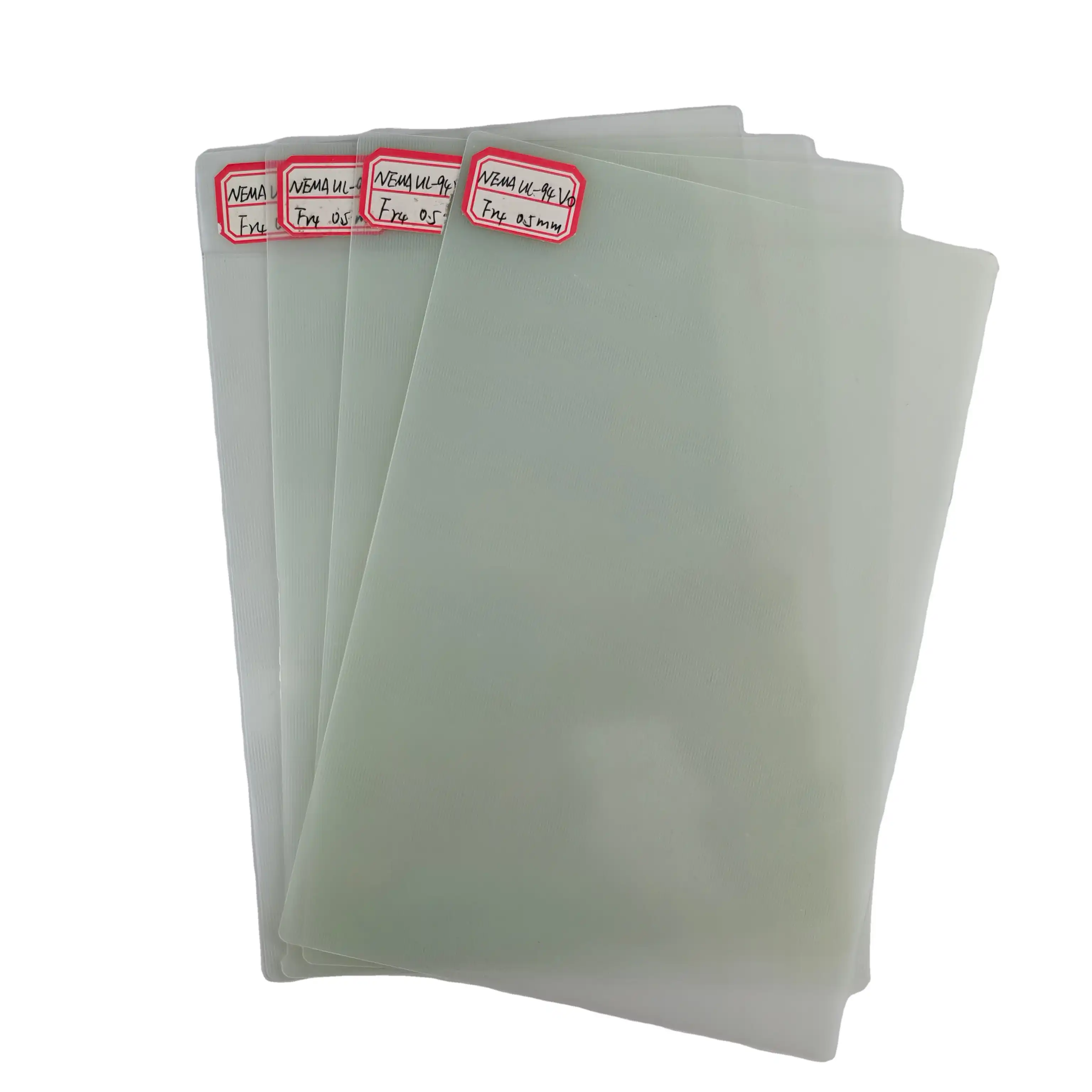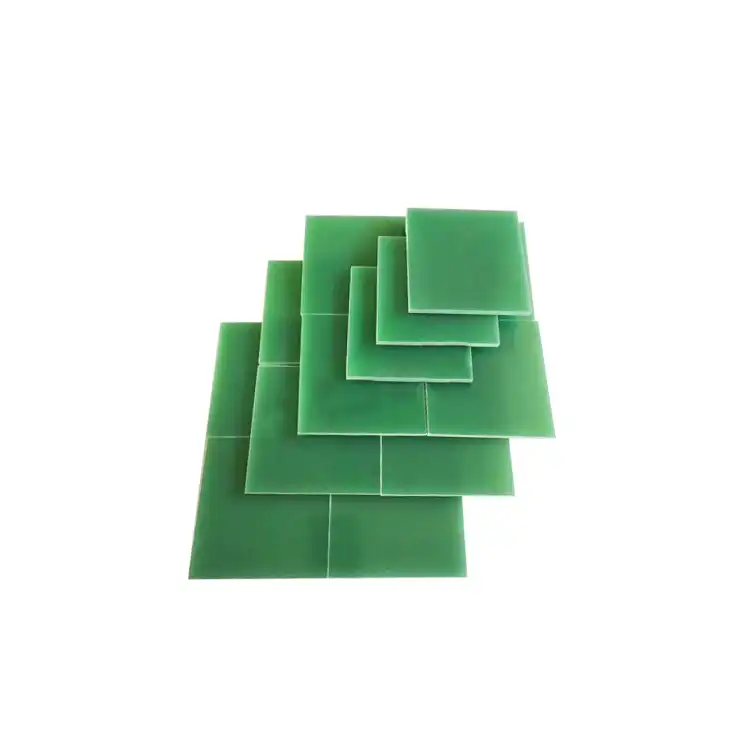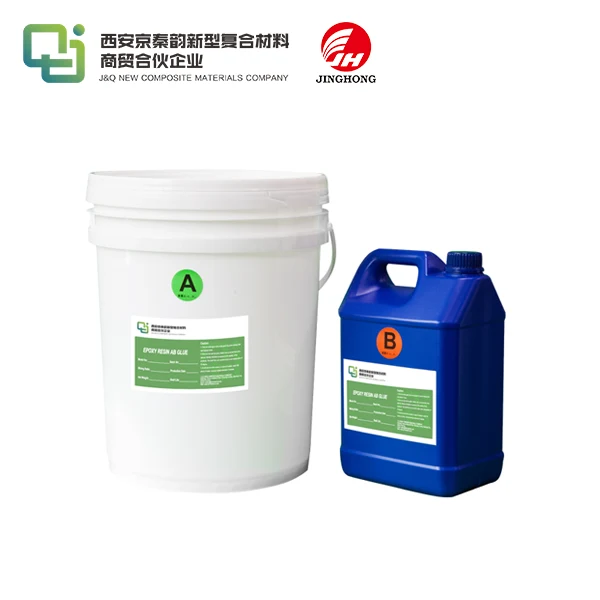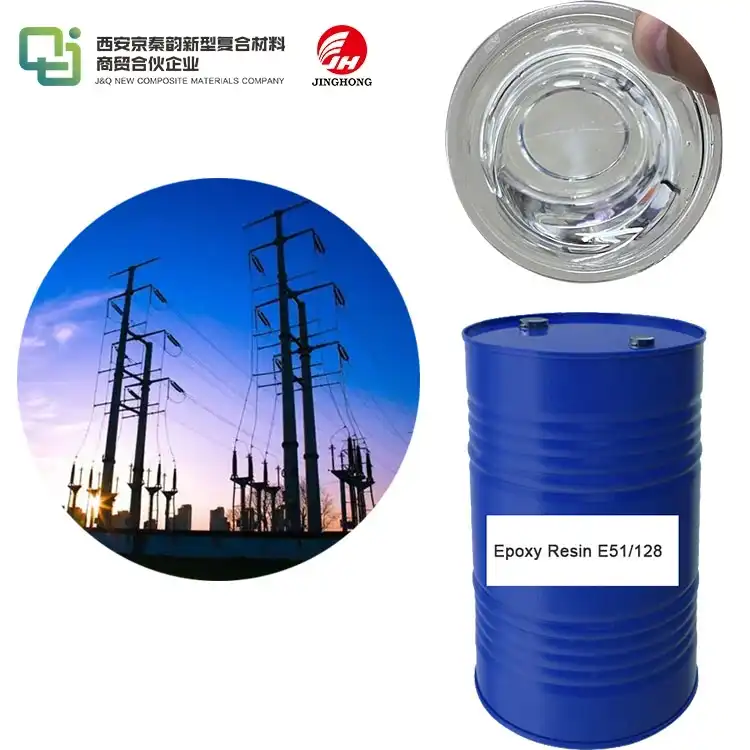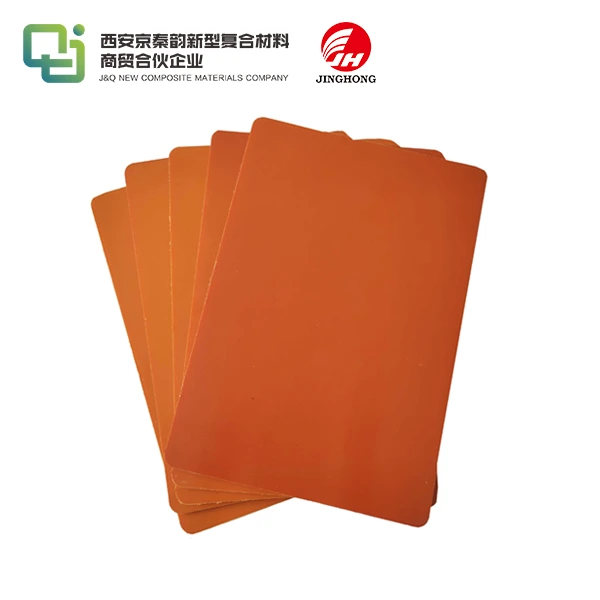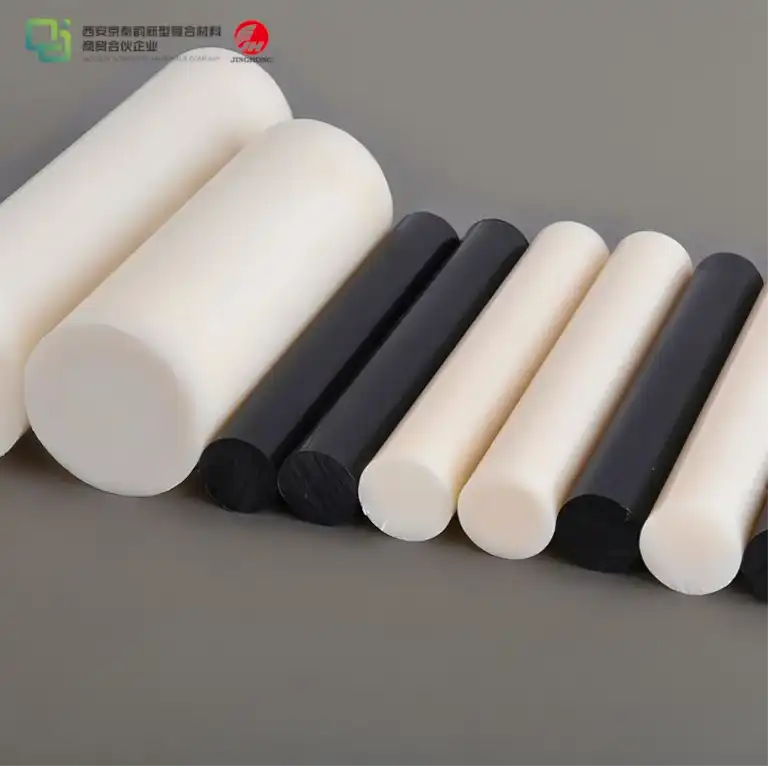What is the Difference Between G10 FR4 and G11 FR5?
2025-06-17 16:44:39
G10 FR4 and G11 FR5 are both high-performance composite materials used in various industrial applications, but they have distinct characteristics that set them apart. G10 FR4 sheet is a glass-reinforced epoxy laminate known for its excellent electrical insulation properties and mechanical strength. It's widely used in electrical and electronic applications due to its durability and versatility. On the other hand, G11 FR5 is a glass-reinforced epoxy laminate with enhanced thermal properties, making it suitable for high-temperature environments. While both materials offer flame retardancy, G11 FR5 generally provides superior heat resistance and dimensional stability at elevated temperatures compared to G10 FR4.

Understanding G10 FR4 Sheet Properties and Applications
Composition and Manufacturing Process of G10 FR4
G10 FR4 is a high-performance composite material composed of continuous woven glass fabric impregnated with an epoxy resin binder. During production, the glass fabric layers are carefully saturated with resin and stacked in multiple plies. These are then cured under controlled heat and pressure to produce a rigid, stable laminate. The result is a material with a dense, homogenous structure that combines the strength of fiberglass with the excellent bonding and insulating properties of epoxy, making it ideal for both mechanical and electrical applications.
Key Characteristics of G10 FR4 Sheet
G10 FR4 sheets are known for their exceptional durability and performance. They offer high tensile and flexural strength, ensuring mechanical stability under stress. In addition to their structural robustness, these sheets provide superior electrical insulation, even under humid or high-voltage conditions. The material is also highly resistant to water absorption, chemicals, and flames, further enhancing its reliability in harsh environments. Its thermal stability allows it to retain these properties across a broad temperature spectrum, making it suitable for demanding industrial applications.
Common Applications of G10 FR4 in Industry
Due to its remarkable combination of properties, G10 FR4 sheet is widely utilized across multiple industrial sectors. In electronics, it serves as a foundational material for printed circuit boards (PCBs), offering stability and insulation for complex circuitry. In power systems, it is used in switchgear and insulation barriers to protect components. Beyond electronics, G10 FR4 is employed in aerospace, automotive, and marine environments for structural parts and insulating components where lightweight strength and thermal resistance are essential. Its adaptability makes it a trusted material for high-performance engineering.
Exploring G11 FR5 Sheet Characteristics and Uses
Composition and Production Techniques of G11 FR5
G11 FR5 sheets are composed of continuous woven glass fabric impregnated with a specially formulated high-temperature epoxy resin. This resin system is engineered to deliver enhanced thermal performance compared to G10 FR4. The manufacturing process mirrors that of other glass epoxy laminates - glass cloth layers are saturated with the resin, stacked, and cured under precise heat and pressure. The result is a tough, dimensionally stable laminate that excels in high-heat applications, making G11 FR5 ideal for environments where thermal endurance is critical.
Distinctive Features of G11 FR5 Sheet
G11 FR5 sheets offer a unique combination of properties that cater to demanding industrial needs. Most notably, they maintain high mechanical and electrical integrity even at elevated temperatures, often exceeding 180°C. The material demonstrates minimal deformation under prolonged stress, thanks to its excellent creep resistance. Additionally, it exhibits low moisture absorption, low outgassing suitable for vacuum environments, and strong chemical resistance to solvents and corrosive agents. These characteristics make G11 FR5 particularly valuable in thermal and electrically intensive applications.
Industrial Applications of G11 FR5
The high-performance attributes of G11 FR5 make it a preferred material in industries requiring sustained performance at elevated temperatures. It is frequently used in the production of electrical insulation parts such as spacers, supports, and bushings in motors, transformers, and generators. In aerospace and defense sectors, G11 FR5 is employed for structural and insulation components exposed to intense thermal loads. Additionally, it serves in high-speed machinery and industrial equipment where heat resistance, strength, and electrical insulation are paramount for operational reliability and safety.
Comparative Analysis: G10 FR4 vs G11 FR5
Thermal Performance Comparison
In terms of thermal endurance, G11 FR5 surpasses G10 FR4 by a significant margin. G10 FR4 sheet is typically rated for continuous use up to around 130°C, which suits many standard applications. However, G11 FR5 is engineered for more demanding environments, capable of withstanding continuous temperatures up to 180°C or higher, depending on the resin formulation. This enhanced thermal stability makes G11 FR5 ideal for high-temperature applications such as power electronics, aerospace systems, and industrial equipment exposed to intense and prolonged heat.
Mechanical Properties Evaluation
While both materials exhibit impressive mechanical strength, their performance diverges with changing temperatures. G10 FR4 offers slightly higher flexural and tensile strength at ambient conditions, making it suitable for standard structural applications. However, G11 FR5 exhibits superior mechanical retention under thermal stress, with lower degradation of properties like stiffness and compressive strength at elevated temperatures. This advantage makes G11 FR5 more dependable in thermally dynamic environments, where maintaining structural integrity under load and heat is essential for reliable performance.
Electrical Insulation Capabilities
G10 FR4 sheet and G11 FR5 sheet are both well-regarded for their electrical insulation performance, offering high dielectric strength and resistance to electrical arcing. At standard operating temperatures, both perform admirably, making them suitable for a wide range of electrical insulation tasks. However, G11 FR5 retains its electrical properties more consistently in high-heat environments, ensuring safe operation where elevated temperatures are present. This makes it especially valuable in transformers, generators, and advanced electronics where insulation reliability under thermal stress is non-negotiable.
Conclusion
In summary, while G10 FR4 and G11 FR5 share many similarities as glass-reinforced epoxy laminates, their differences in thermal performance set them apart. G10 FR4 sheet excels in a wide range of applications requiring good mechanical strength and electrical insulation at moderate temperatures. G11 FR5 sheet, with its enhanced thermal properties, is the go-to material for high-temperature environments where maintaining mechanical and electrical properties is crucial. The choice between these materials ultimately depends on the specific requirements of the application, considering factors such as operating temperature, mechanical loads, and electrical insulation needs.
Contact Us
For more information about our G10 FR4 sheet and other insulating materials, please contact us at info@jhd-material.com. Our team of experts is ready to assist you in selecting the right material for your specific application needs.
References
1. Johnson, R. T. (2019). Advanced Composite Materials in Industrial Applications. Journal of Materials Engineering and Performance, 28(4), 2145-2160.
2. Smith, A. B., & Brown, C. D. (2020). Thermal Properties of G11 FR5 in High-Temperature Electrical Insulation. IEEE Transactions on Dielectrics and Electrical Insulation, 27(3), 894-901.
3. Lee, S. H., et al. (2018). Comparative Study of G10 FR4 and G11 FR5 Laminates for Aerospace Applications. Composites Part B: Engineering, 152, 175-183.
4. Wang, Y., & Liu, X. (2021). Mechanical Behavior of Glass-Reinforced Epoxy Laminates at Elevated Temperatures. Journal of Composite Materials, 55(12), 1689-1701.
5. Thompson, E. K. (2017). Electrical Insulation Materials for Extreme Environments. In Proceedings of the International Symposium on Electrical Insulating Materials (pp. 45-50). IEEE.
6. Martinez, G., & Rodriguez, P. (2022). Recent Advances in High-Temperature Composite Materials for Industrial Applications. Advanced Engineering Materials, 24(5), 2100234.

